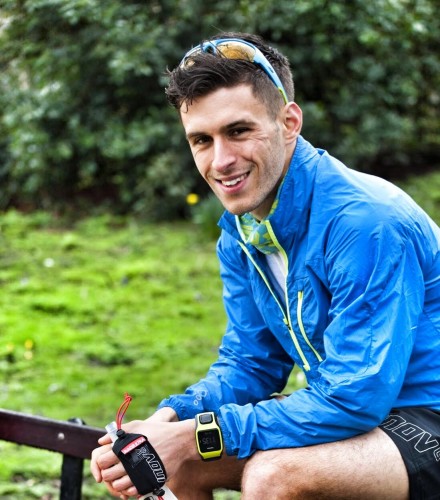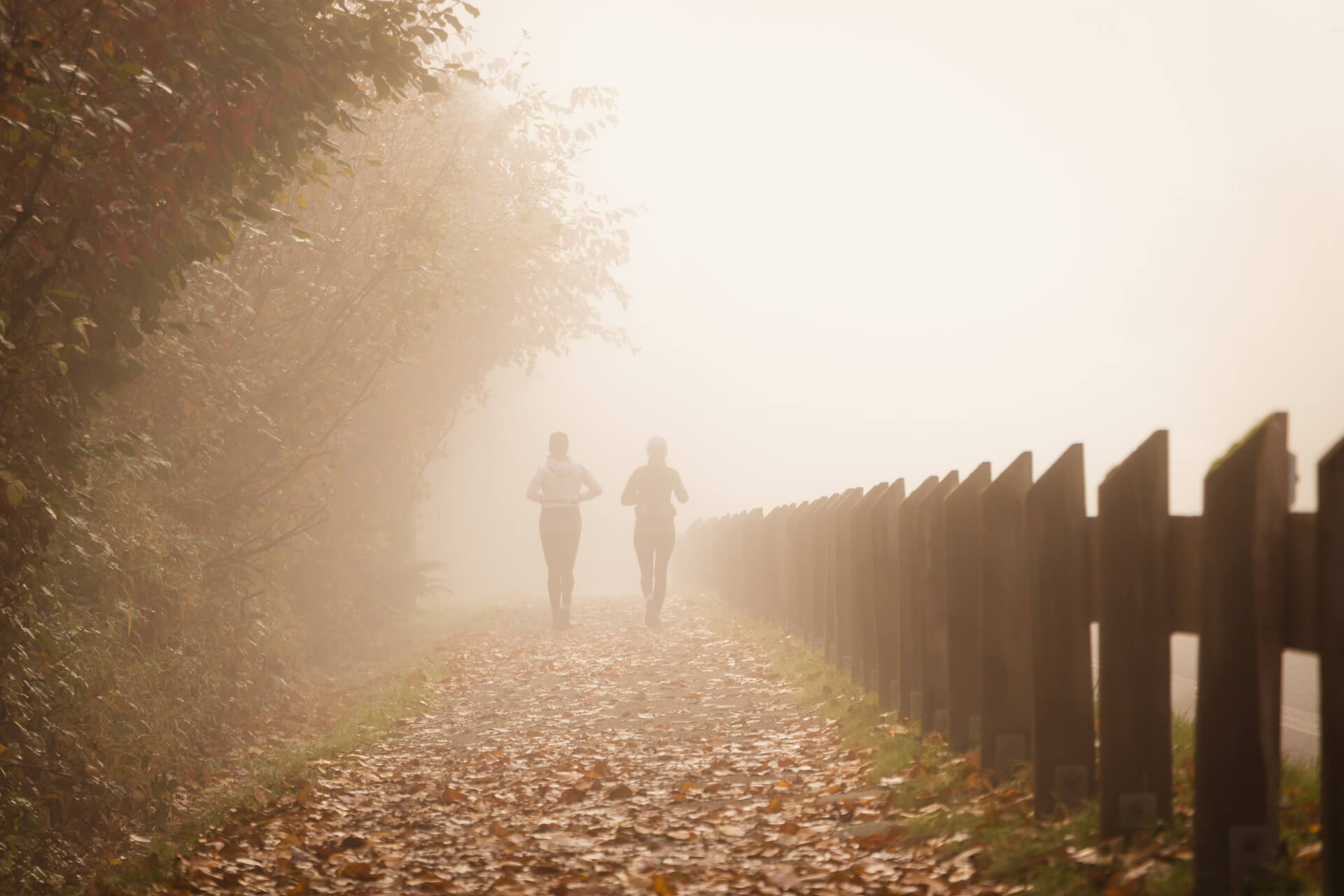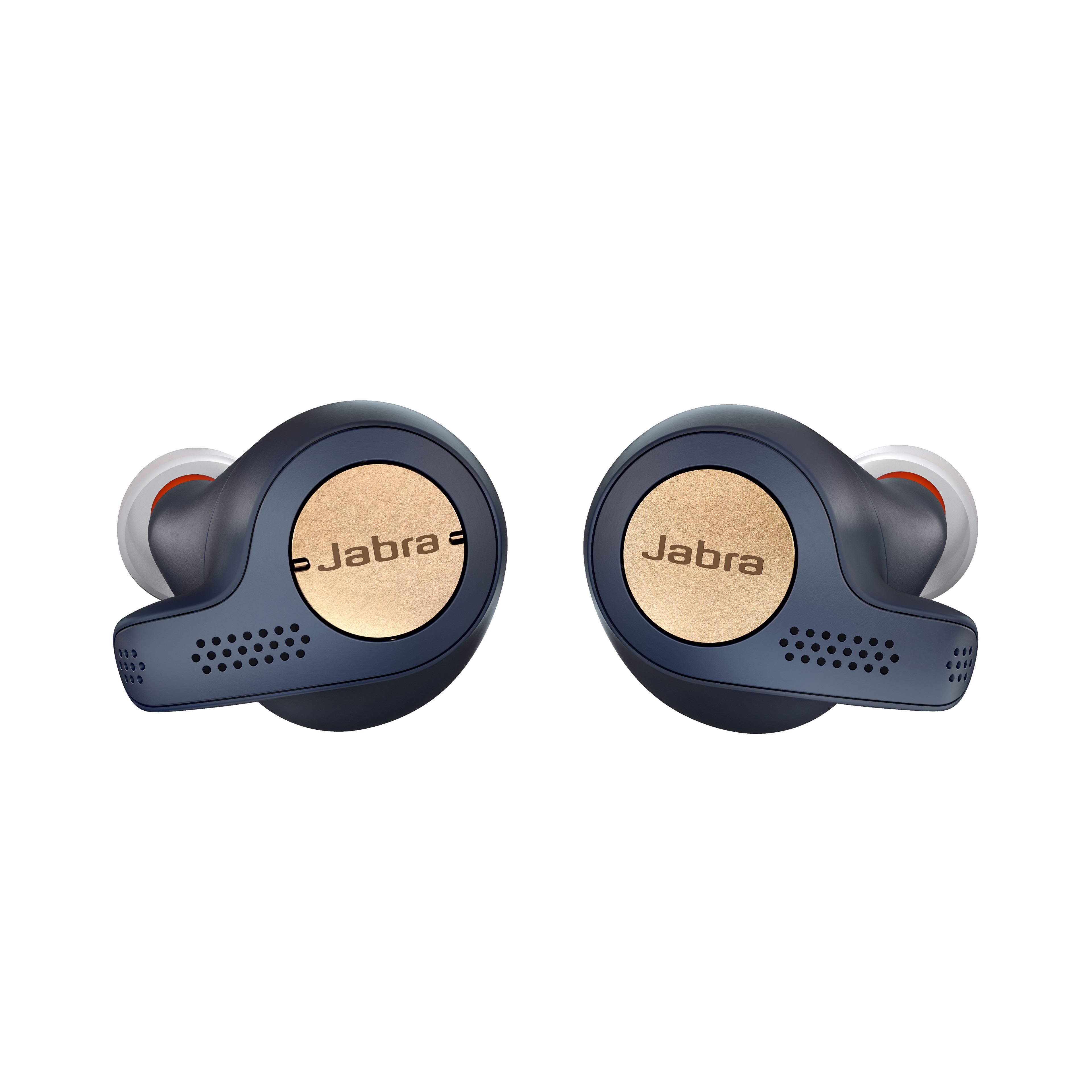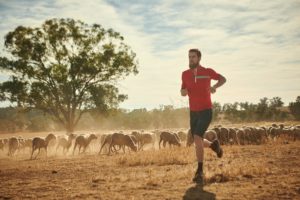
Time was, the only quality I looked for in a shoe was how light it was. If it was lightweight and luridly coloured, I was always going to part with some cash. However, by the latter stages of an ultramarathon the fact that 10 grams had been saved on each shoe was very little comfort to my battered feet. It wasn’t the first time in my life decisions were made for the wrong reason. But as we grow older, we learn.
Much like finding a good partner, there are several factors you should think about when choosing a running shoe. Lightweight, comfortable, pretty and durable are qualities I look for in a woman – but it works out quite well for running shoes, too.
The longer the race, the more important comfort becomes. As a 100-mile runner, it is the key element I look for in a shoe. Uncomfortable shoes can affect your gait, form and efficiency in the latter stages and cost more than you gain from having lightweight pumps.
If you have a shoe that works for a marathon and is comfortable, chances are it’ll good for ultrarunning, too. If the race is super muddy or really rocky, you need to think about the right grip. Only then should you start thinking about the shoe’s weight. Finding the right shoe is normally a process of trial and error, although the guys at Profeet can point you in the right direction. I’ve lost track of the amount of times I have found the “right kicks” and then been disappointed when I realise they can’t grip on wet chalk or weigh more than the average tank. There’s a whole box of shoes outside my door marked “nearly perfect”, but I’m still searching before each race, because they’re all different.
There’s not one correct shoe for everyone (which is, of course, what the shoe companies want me to say). I’ve run 100-milers in inov-8 X-Talons, Adizero XTs, Hoka Huakas, Salomon Sense and a pair of old New Balance road shoes that a friend chucked out. There’s no perfect shoe, but plenty of really good ones out there. See what works for you.






